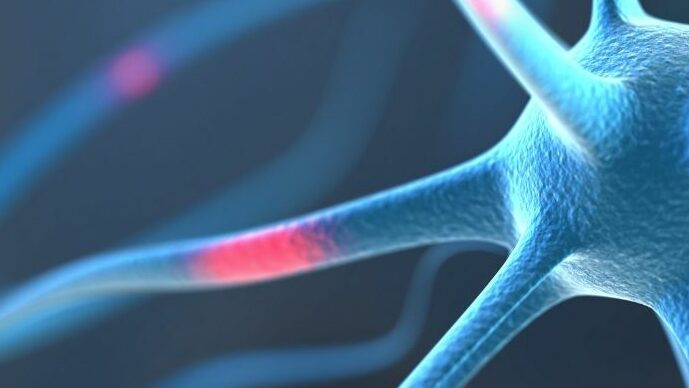
Deep Brain Stimulation
Deep Brain Stimulation (DBS) surgery for Parkinson’s is the most common type of surgery used to treat Parkinson’s. It may help to reduce some motor symptoms of Parkinson’s, such as stiffness, tremor and slowness of movement.
DBS can help to control symptoms but it is not a cure.
Even after DBS surgery, Parkinson’s will continue to progress and medication will still be required.
DBS is not for everyone, and it does not always work for people who have had the operation.
It is essential to discuss your suitability for surgery with your treating neurologist and a DBS specialist neurologist. Only a DBS specialist can confirm your suitability for this procedure.
What DBS surgery involves
DBS surgery involves implanting electrodes – which are attached to leads – into specific sites in the brain. These sites are selected based on the specific symptoms that the surgery aims to address.
The electrodes are usually implanted under local anaesthetic so the patient will be awake. Once implanted, a small electrical current will be sent through the leads to the electrodes to test how the person’s symptoms respond to the stimulation.
When correct placement of the electrodes is confirmed, the attached leads are tunnelled under the skin from the skull down the neck and around to the chest or stomach are where a neurostimulator device will be placed.
A neurostimulator is similar to a pacemaker. Most are powered by a battery that lasts for 3 years or more before requiring replacement. Some models are powered by a rechargeable battery. In that case the person will be taught how to use a recharging unit.
Using the neurostimulator
The neurostimulator will be switched on once the wounds from surgery have healed. The electrodes will then deliver high-frequency stimulation to the area of the brain that is targeted.
This stimulation changes some of the electrical signals in the brain that cause the symptoms of Parkinson’s.
A specialist will program the stimulator using a small computer. The person will also be shown how to use their own programming device to adjust stimulation and check battery life.
It may take several months to fully program the stimulator and adjust Parkinson’s medication to get the most benefit from this treatment.
What to expect following DBS surgery
After surgery people are usually asked to come back after 6 weeks, 3 months, 6 months and 12 months. This timing may vary depending on the type of procedure and individual situations.
It is important to attend all of your follow up appointments with your neurologist and neurosurgeon.
It is also important to pay attention to any behavioural, emotional or cognitive changes experienced after surgery.
If you have any concerns or begin to feel unwell, you must contact your specialist immediately.
Living with a DBS device
Most everyday activities are safe when you are living with a stimulator implanted in your body. However, avoid any activity where you may be exposed to strong electrical currents.
If in a situation where people are required to pass through a security scanner, advise the security officer that you have a pacemaker-like device installed.
Request a manual security check instead, because of the risk of the electromagnetic scanner affecting your stimulator.
It is also a good idea to carry the hand-held programmer when travelling. This is in case the stimulator is accidentally switched off. You will also be provided with a card to carry that explains you have had DBS surgery.
When in contact with doctors, hospital staff and other healthcare professionals –including dentists and physiotherapists – tell them a neurostimulator has been implanted.
This is important because following DBS surgery, medical brain scans can only be used under very strict conditions. Also, antibiotics have to be prescribed when there is a risk of germs getting into the blood stream – for example during dental procedures or surgery.
Procedures such as diathermy should not be used on someone who has had DBS surgery. Diathermy involves the use of a high frequency electronic current to produce heat and relax muscles.
